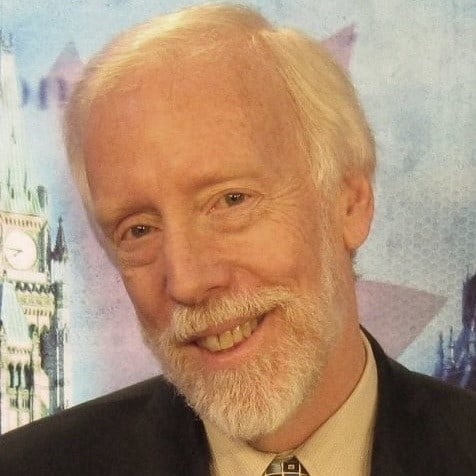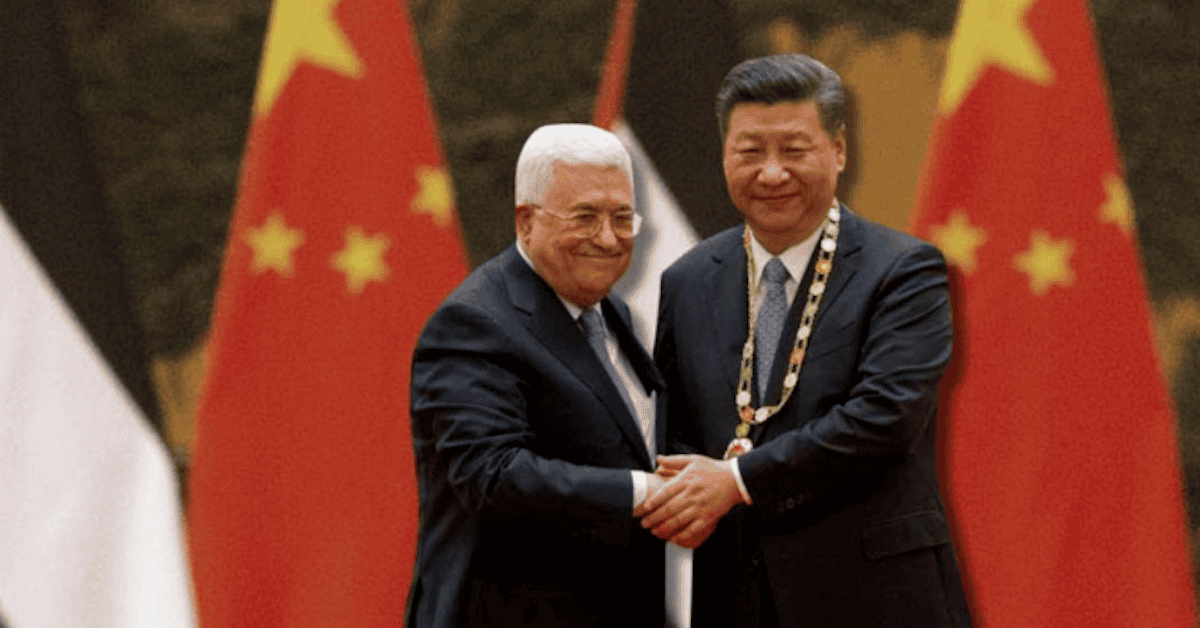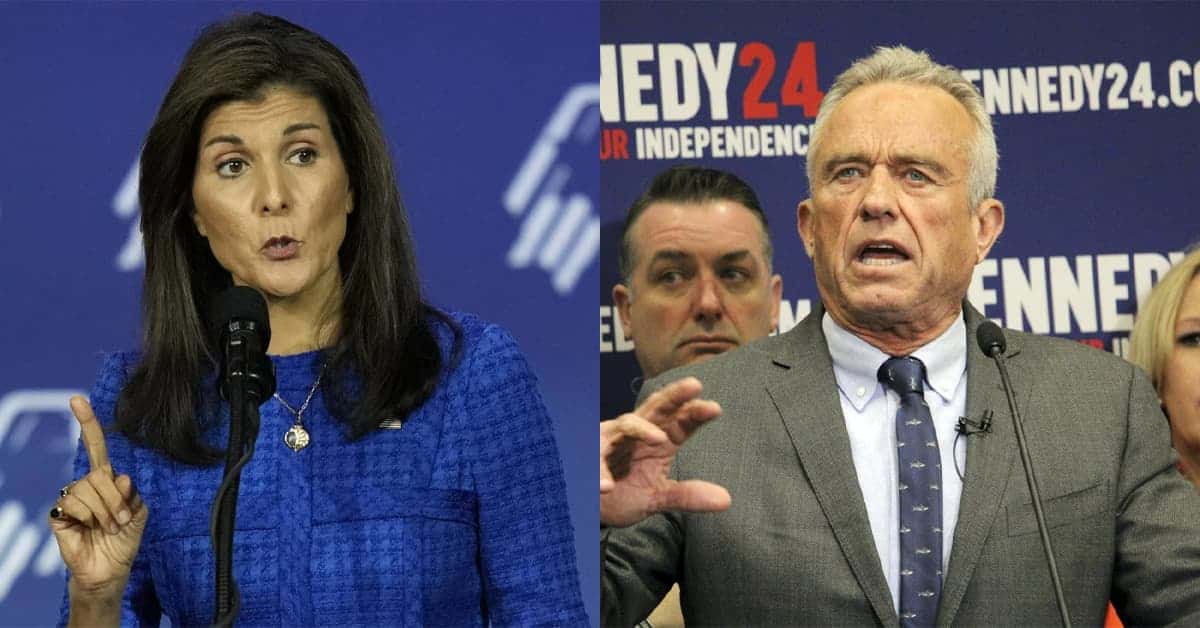In parts 1 and part 2 of this series, “Ottawans Furious About City’s Dangerous Climate Plans” and “Ottawans ‘Mad as Hell and Aren’t Going to Take it Anymore),” I discussed how citizens of Ottawa (pop. 1 million) have had it with the city’s dangerous and infeasible climate and energy plans. After all, who in their right mind could support spending $57.4 billion to phase out oil and natural gas in favor of 14 square miles of solar panels and 710 industrial wind turbines, each at least as tall as the Statue of Liberty? Equally insane are Ottawa’s plans for power storage: 122 large shipping containers of lithium batteries.
Ottawans are beginning to recognize that, in contrast to the city’s overarching vision, as defined in its Climate Change Master Plan, to transition “Ottawa to a clean, renewable and resilient city by 2050,” its plans would instead transform Canada’s capital into a polluted, fragile and bankrupt city suffering from regular blackouts and business failures. Few people would voluntarily choose to live here.
Because the success of ordinary citizens in Ottawa in contesting the climate scare is transferable to other jurisdictions across Canada and the U.S., let’s further examine what they did.
Ottawa councilors should have known that a public revolt like that which occurred in the February 16th budget meeting that I described in the first two parts of this series was on the way if they continued to support the city’s Climate Change Master Plan. After all, former city councilor and climate activist Catherine McKenney was expected to easily win last fall’s race for mayor of Ottawa. This was a big problem since not only was McKenney primarily responsible for the city’s endorsement of the Fossil Fuel Non-proliferation Treaty that has infected 74 cities and subnational governments across the world, but she also supported the City of Ottawa’s climate and energy plans.
But Ottawans raised cain about McKenney’s climate and energy positions at three of the debates between mayoral candidates, and she lost to Mark Sutcliffe. The undecided, which is the green line in the below graph, and many supporters of other candidates, clearly switched to the more moderate Sutcliffe to ensure McKenney did not win. So, Sutcliffe suddenly jumped up to over 50% of the votes and the victory.
The most impactful moment in the public sessions came when Action4Canada Ottawa Chapter Lead Danielle Mailhot (below) asked what meeting attendees later called “the atom bomb question.” She said:
“The City of Ottawa plans to back up its wind and solar power using a huge amount of batteries. But we all know batteries are made using cobalt, mined by children, 40 [thousand] to 100,000 children in the Congo. This is destructive. The cobalt is then shipped in China, again disrupting human rights. The price tag is very hefty. I’m a mother, I’m a grandmother, and I do not want to pay that price. Is Ottawa ready to support this?”
Most of the candidates who responded, McKenney, included (see here), completely failed in their answers to Mailhot’s question. After all, what could they say? We will electrify the city no matter how it affects Congolese children? We won’t electrify Ottawa?
Mailhot applied three of Saul Alinsky’s “rules” as explained in his classic 1971 book on grassroots organizing titled Rules for Radicals:
“Rule 2: Never go outside the experience of your people. The result is confusion, fear, and retreat. Feeling secure adds to the backbone of anyone.”
Mailhot understood the cobalt issue well, and it showed in the confidence and passion she displayed.
“Rule 3: Whenever possible, go outside the experience of an opponent. Here you want to cause confusion, fear, and retreat. Look for ways to increase insecurity, anxiety, and uncertainty of your opponent.”
McKenney clearly knew little about the issue, and it showed in her shaky reply.
“Rule 4: Make opponents live up to their own book of rules. You can kill them with this because no one can possibly obey all of their own rules.”
Social justice warrior environmentalists want us to believe that they care about human rights as well as “stopping climate change.” So Mailhot’s question put McKenney in an impossible spot, and her answer damaged her credibility.
Another Ottawan also applied the same three “rules.” In that case, McKenney distanced herself from the wind power part of the city’s plans by shrugging off the plan’s massive reliance on wind power. This inconsistency was brought up by another public questioner, Mindy Thomas, in a later debate Q&A who asked:
“When it was brought up in debate #1 that Texas’s reliance on wind power led to 700 deaths when wind failed just before the cold hit last year [question brought up by Tom Harris], Catherine said, referring to Energy Evolution [Ottawa’s energy plan]:
‘The key commitments for energy really are district energy, solar energy, and looking at ways of reducing greenhouse gases. I don’t know that wind power takes precedence in it.’
“That is deceptive and wrong. District energy doesn’t address how power is generated.
“Ottawa’s plans for wind power is about three times as much as solar.
“My question is: Did you vote for a fifty-seven-billion-dollar plan without knowing what was in it?”
The audience gasped. McKenney was revealed as either ignorant or deceptive. Not surprisingly, she dodged the question entirely, something the public could also not help but notice.
Or how about this question asked by Jay Nera, People’s Party of Canada candidate in the last federal election:
“Fifty-seven point four billion dollars. In the first debate, I pointed out that Ottawa, if it reduced its emissions to net zero, would only affect the global temperature by one-ten-thousandths of a degree Celsius.
“And the response I was given was that it’s important because Ottawa would lead the world. And we’re expected to believe that the world is going to follow Ottawa. China, the world’s largest emitter, twice that of the USA, has made it crystal clear that they are not slowing down. They are not following Ottawa. They are actually massively increasing, for example, coal consumption.
“So, when essentially no one of magnitude is following us, why is Ottawa expected to pay billions and billions and billions of dollars in expenditures for statistically zero global effect?”
Most of the candidates who replied came across as looking like fools, with candidate Dr. Noor Kadri even saying that Ottawa would lead the world and implying that China would follow us, to which a member of the public called out in derision, “Not going to happen.”
The questions asked by Thomas and Nera were so powerful and cast most of the candidates in such a bad light that Rogers Community TV, who were tasked to cover the election debates, censored out the videos of both of the questions and the replies before uploading the debate to the web. Fortunately, an ICSC-Canada ally recorded the interactions on his cell phone, and we uploaded it all to our website here.
Ottawa climate and energy realists successfully employed many of Alinsky’s rules, but especially the first one:
“Rule 1: Power is not only what you have, but what an opponent thinks you have. If your organization is small, hide your numbers in the dark and raise a din that will make everyone think you have many more people than you do.”
They did this by:
1 – getting to the microphone immediately when the debate was opened to questions from the audience. As a result, of the two dozen questions that were permitted from the public in the first three debates, about half of them came from climate and energy realists.
2 – handing out ICSC-Canada fliers, the front of which can be seen at right, at multiple locations: at the entrance to the building, down the street on the sidewalk outside, and inside the meeting hall both before and after the meeting.
3 – cheering and clapping loudly when climate and energy realists asked questions.
4 – when questions from the audience were disallowed in the fourth debate, a climate realist loudly interrupted the meeting. See his interview arranged later with Rair Foundation USA.
With all this inconvenient public resistance happening, the woke climate alarmist organizers clearly didn’t know what hit them. Apparently panicking, they decided to cancel open questions from the public in the fourth debate, allowing only questions they selected from those submitted in advance by the public. Not surprisingly, none of the questions submitted in advance by climate and energy realists were chosen. As a consequence, ICSC-Canada handed out the flier you can see below in subsequent debates.
But, it was too late for the activist organizers, and the preferred climate alarmist candidate was revealed as uninformed and her climate and energy policies a serious threat to the safety and well-being of all Ottawans. So she lost.
If all this worked in left-leaning, dictatorial Canada, why not in “the land of the free and the home of the brave?”





























